It’s a wild world out there, with companies growing at exponential pace, hiring good talent that fits into your corporate culture may be the one defining factor that can either make or break your company’s success. Listed below are some… Read More
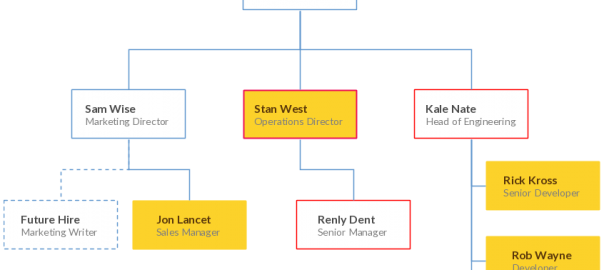

It’s a wild world out there, with companies growing at exponential pace, hiring good talent that fits into your corporate culture may be the one defining factor that can either make or break your company’s success. Listed below are some… Read More

Flat organizations are when the organization has few or no levels of management between everyone in the organization. It is a popular topic these days and many organizations try to become flat organizations. Some organizations naturally evolve into becoming flat… Read More
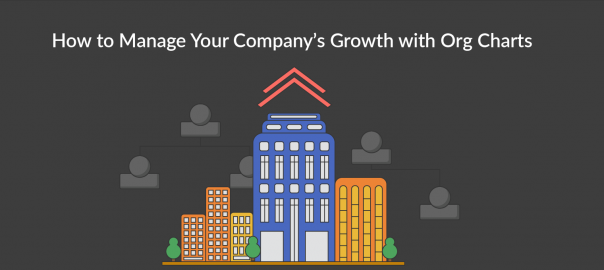
A growing company brings more than one challenge to any leadership team. Going from a 3 person team to a 10 person company to then growing to 20 or 50 people brings about extremely different sets of challenges. Left unmanaged,… Read More
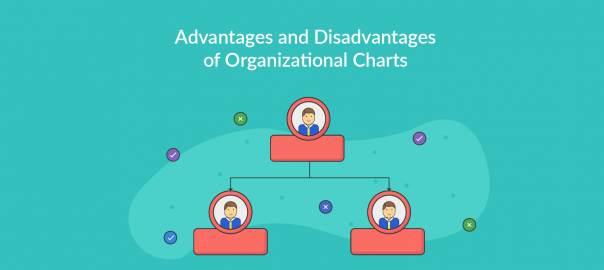
Although extremely useful for many purposes organizational charts are not for everybody. In our previous articles we’ve covered types of org charts and best practices to follow when creating org charts. Now lets look at advantages and disadvantages of organizational… Read More
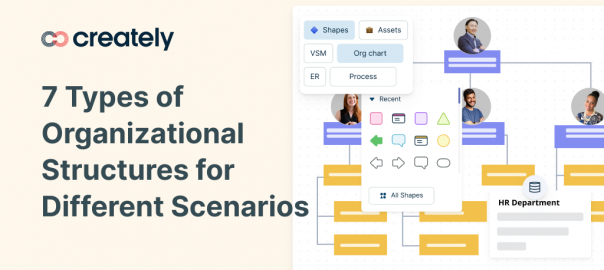
In one of our previous articles, we discussed organizational chart best practices. Now let’s take a look at types of organizational chart structures which can be used in different scenarios. And you don’t have to worry about creating them too…. Read More
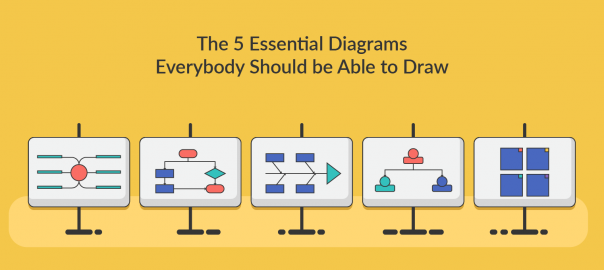
When you want to present the bigger picture in an easily understandable way or define your ideas/proposals succinctly, visual representation works better than just words. Here’s where diagrams can be useful in breaking down different elements of an idea or… Read More